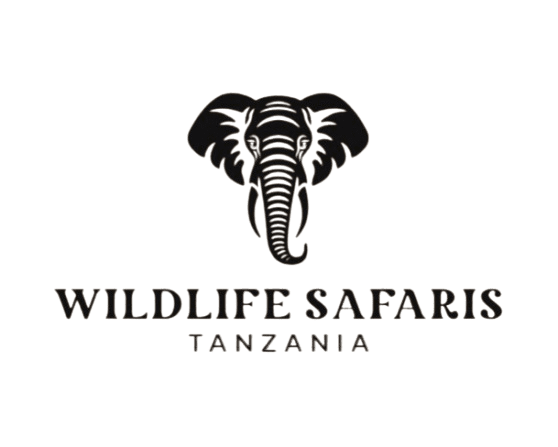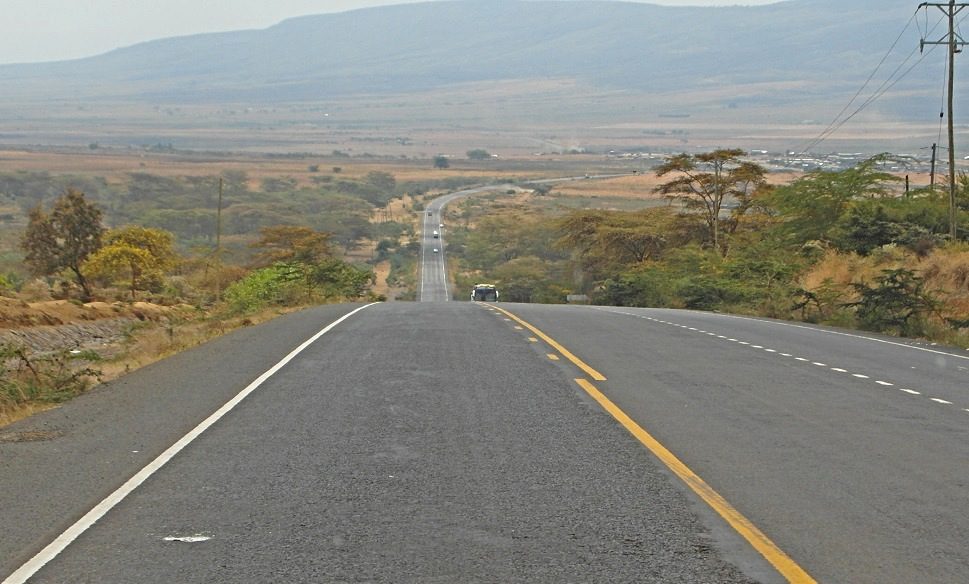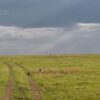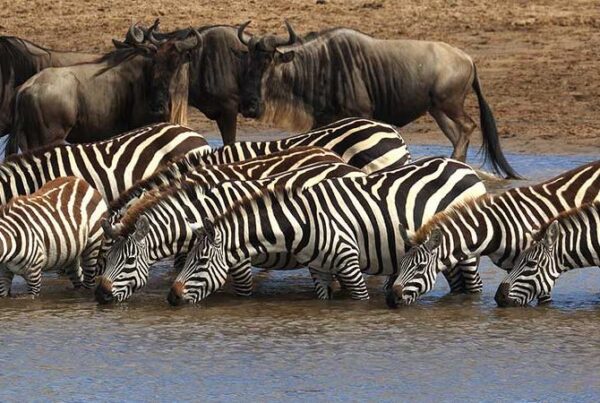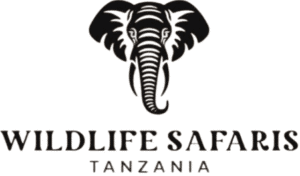Serengeti National Park travel route
Serengeti National Park is conveniently accessible despite being situated in a somewhat isolated area of the world.
The majority of tourists begin their Serengeti safari journey in either the busy city of Arusha or Kilimanjaro International Airport. From here, you can take a quick transfer airplane or a safari vehicle to your choice resort. The finest of both worlds can be had by combining the two as well!
By air By road Gates of access Park fees
Serengeti National Park travel
The Serengeti is quite easy to get, despite being one of the few remaining locations where the seasonal cycles and ancient laws of nature have remained mostly unchanged. Flying to one of the park’s seven airstrips from Arusha is the most practical choice.
Another option is to reserve a 4×4 safari vehicle for an overland safari from Arusha to Serengeti National Park, stopping at one or two other parks en route. You can, of course, combine these choices by scheduling a one-way overland safari in the Serengeti and returning to Arusha by plane. See Taking a Safari in Serengeti National Park for further details on the various safari options.
Flying to the Serengeti
Traveling by air internationally
Kilimanjaro International Airport (JRO), which is situated between the towns of Moshi and Arusha, is the suggested entrance point. The southern entrance of the park is roughly 200 miles (320 kilometers) from the airport. A few international flight choices are available, including KLM. Ethiopian Airlines (sometimes), Kenya Airways, Turkish Airlines, and Royal Dutch Airlines (daily).
Additional international flight options are provided by Kilimanjaro International Airport’s regular connections with Nairobi (NBO) in Kenya. Tanzania’s capital, Dar es Salaam (DAR), is served by a number of different carriers, including British Airways, Emirates, and others. It may be necessary to spend an additional night and take a domestic trip on a tiny regional airline with baggage limitations in order to reach Dar es Salaam. You can explore more flight information on our Kilimanjaro Airport website.
Air travel in the region
Kilimanjaro International Airport (JRO) or Arusha Airport (ARK) are the preferred airports for a fly-in safari in the Serengeti. Flying to one of the seven airstrips in the Serengeti National Park will take roughly one to five hours from here. Local airlines like Coastal Aviation and Grumeti Air operate every flight. The lodge staff will meet you at the airport and take you to your ultimate destination, where a refreshing drink will be waiting for you. Depending on the lodge you have selected, the road transport may take an additional 45 minutes to two hours. More details about Serengeti flight information.
Kilimanjaro International Airport (JRO) can easily be reached by plane from Wilson Airport (WIL) or Jomo Kenyatta Airport (NBO) in Nairobi. Mwanza Airport (MWZ) is the preferred airport for flights from the Lake Victoria region. Additionally, direct flights are available from the Serengeti to Zanzibar, Dar es Salaam, and other Tanzanian national parks, including Tarangire and Lake Manyara.
Fly-in safaris in the Serengeti (private airstips)
Are you trying to find a more expedient and easy way to get to the Serengeti? The best option is to take a scheduled or private charter flight. It is possible to organize direct scheduled and/or private charter flights from Kilimanjaro International Airport (JRO) or Arusha Airport (ARK) to the airstrip of some of the more upscale resorts.
Road access to Serengeti National Park
Drive-in safaris in the Serengeti
Making reservations for a drive-in safari is the most common way to go to Serengeti National Park by car. Drive-in safaris typically begin in the town of Arusha. An overnight stay at one or more wildlife locations along the way is typically included in your safari itinerary because the journey from Arusha to the Serengeti National Park takes about eight hours.
Self-drive safaris in the Serengeti
The Serengeti National Park can be reached by (rental) car, though this is not advised. When driving alone through the Serengeti National Park, please remember that cautious planning is required. To be able to access all roads all year round, a 4×4 vehicle is necessary. In the Southern Serenget, Seronera is where gasoline is sold.
Access gates to Serengeti National Park
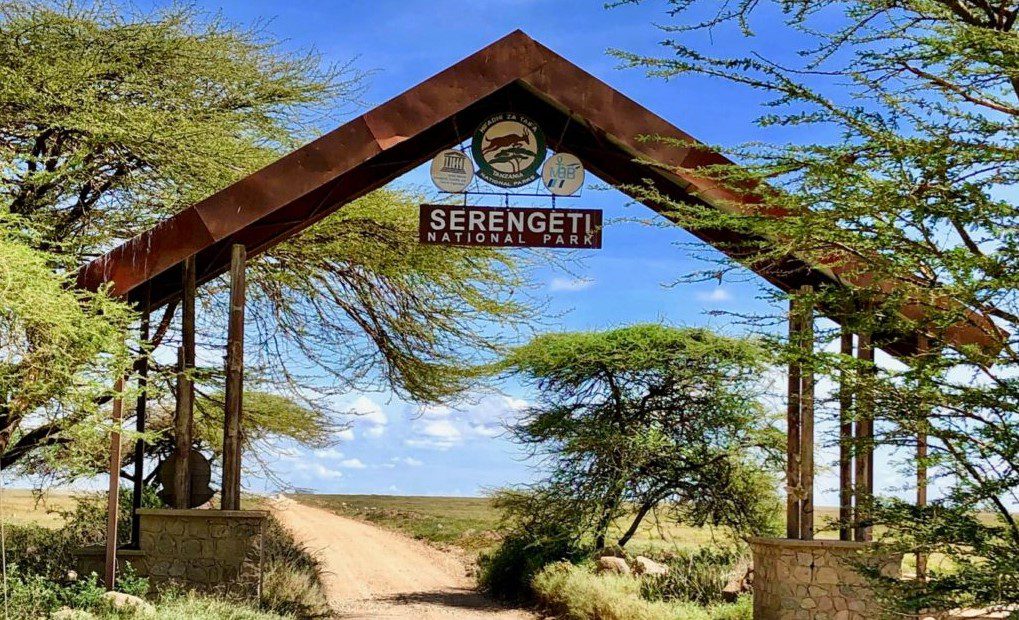 There are four primary entrances and exits to the Serengeti:
There are four primary entrances and exits to the Serengeti:
The busiest gate in the Serengeti is Naabi Hill Gate, which is also its major entrance. Seronera is about 45 kilometers away from Naabi Hills Gate. The gate is open every day from 6:00 to 18:00.
Gate of Ndabaka
The Western Corridor area’s main access gate is 145 kilometers from Seronera and about an hour and a half’s drive from Mwanza. The gate is open every day from 06:00 to 18:00, but please be aware that the final time to enter is at 16:00.
The Gate of Klein
The Serengeti’s extreme northeast is home to Klein’s Gate. The gate is open every day from 06:00 to 18:00, but please be aware that the final time to enter is at 16:00.
Gate of Bologonya
Although Bologonya Gate is located on the way to or from Kenya, the border is closed at the moment and is not expected to reopen anytime soon.
Serengeti National Park admission fees
You must pay park fees when you enter Serengeti National Park via one of the aforementioned gates. The cost of an organized safari package typically includes these Serengeti park fees. The following admission costs are applicable:
US$ 70.80 per person per 24 hours for adults (16 and up).
Between the ages of 5 and 15, each child costs US$23.60 per day.
Free of charge for children under five.
US$ 82.60 per person per 24 hours for adults (16 years of age and up).
Between the ages of 5 and 15, each child costs US$23.60 per day.
Free of charge for children under five.
US$ 70.80 per person per 24 hours for adults (16 and up).
Between the ages of 5 and 15, each child costs US$23.60 per day.
Free of charge for children under five.
US$ 82.60 per person per 24 hours for adults (16 years of age and up).
Between the ages of 5 and 15, each child costs US$23.60 per day.
Free of charge for children under five.
Please be aware that:
Citizens of EAC member states are eligible for reduced tariffs; a passport is needed to enter.
At the admission gate, all guests must present identification.
Only Mastercard, Visa, or Tanapa (Tanzania National Parks) Smartcards are accepted for payment at the gates. We do not accept cash or other forms of payment.
All costs are for a single admission.
Once paid, the Serengeti park fee cannot be refunded.
Residents and expatriates in Tanzania, along with their dependents, are required to possess one of the following documents: diplomatic passport or identification, exemption certificate, temporary pass with government receipt and acknowledgement letter, or resident permits Class A, B, or C.
Please be aware that the rates and conditions listed above could change at any time.
Information on visas and immigration: Tanzania
When visiting Tanzania, the majority of foreign visitors need a visa, which can be obtained at one of the main airports. However, waiting in line for these visas typically results in hours of wasted time at the airport. Another option is to download your visa application from the Tanzanian embassy’s website and mail it in.
Two passport-sized photos, payment for the visa, and a stamped, self-addressed envelope for the return of your passport, visa, and other documents are required for applications. You can get more details on the visa application process from the Tanzanian Embassy or Consulate that is closest to you. Depending on your country of origin, the current Tanzanian visa fees range from US$ 50.00 to US$ 100.00 for a single entry. Please be aware that these prices could change at any time.
